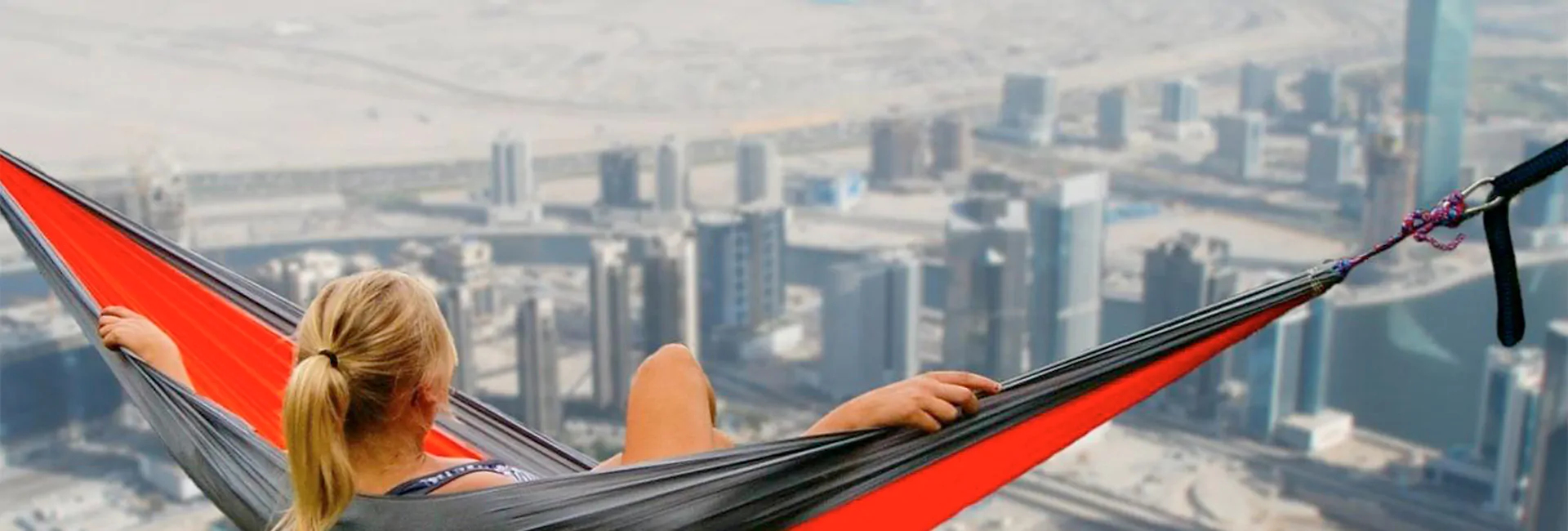With such a diverse population, understanding consumer behavior in the UAE can be daunting. But it doesn’t have to be. Here are three key tips to help you succeed in-market.
It’s widely known that Dubai has become one of the world’s hottest shopping destinations and that many UAE consumers are big spenders. They’re loyal to their favorite brands, with 34% saying they’d buy from their favorite brands, no matter the cost.
But UAE shoppers also have high expectations, and earning their loyalty can be a challenge. So what does consumer behavior in the UAE look like, and how can you meet consumer needs?
1. IMPRESS ME
UAE consumers can be hard to impress. To earn their loyalty, start with excellent customer experience. 75% of customers in the Middle East prefer shopping from a single-brand website (as opposed to a multi-branded one) because they believe it will provide the best possible customer service.
But UAE consumers expect more than just a seamless order, delivery, and returns process – 65% of customers expect brands to connect with them personally and treat them as individuals. That’s 9% higher than the global average expectation for personalized service.
Offering exclusive rewards and benefits appeals to 69% of Emirati shoppers, with 43% encouraged to spend higher and more frequently by having a personal shopping advisor.
So if you want customers to connect with your brand in the UAE, make sure your customer relationship management is effective and highly personalized, and that your website offers the best possible brand experience. And if you’re a retail brand, consider providing personalized product support functionality on your website.
2. LUXURIOUS LIVING
The UAE is a ready-made market for luxury brands – tourism, combined with a wealthy population, are big drivers for the sector.
Dubai alone accounts for 30% of the Middle East’s luxury market. One study found that UAE citizens spend around 30% of their monthly salaries on luxury goods.
To appeal to this luxury mindset, emphasizing the quality, craftsmanship, and status of your brand could help you differentiate and increase local engagement. The UAE was recently eighth in a list of countries whose consumers are trading up from mid-market brands. Having an established international brand will also give you an advantage, as foreign products account for 58% of all UAE purchases.
Tesla is a good example of a brand that’s getting it right. When they launched their flagship Model S and X cars, they also opened a pop-up shop in the Dubai Mall, a Tesla Ranger product support service, and a service center. This strategy tapped into UAE consumers’ love of malls and provided the excellent customer experience they expect.
Taking things even further, Elon Musk invested millions into the UAE’s infrastructure for electric cars, positioning the brand as cutting edge and elevating it to luxury status. Tesla also added 50 cars to the limo fleet of taxis in Dubai to show off their luxury credentials. The result has been a huge hit with consumers, clocking 64,000 trips in just six months.
3. A UNIQUE DEMOGRAPHIC
Just 27.8% of the UAE’s population is female. It might seem the way to success would be to target almost exclusively the male population. However, that would be a lost opportunity since women influence 80% of all purchases in Dubai. No matter what your product or brand, connecting with and engaging the female demographic is likely critical to your UAE marketing strategy.
It’s also worth noting gender behavior in the UAE when it comes to shopping. Female Emirati citizens spend 43% of their income on fashion shopping – triple that of the expat population. And a third of these Emirati women spend over 60% of their monthly income shopping.
Aside from gender influences in consumer behavior, the UAE is a pretty unique market landscape, with 88.5% of its population made up of expats and more than 200 nationalities. The brand Jollibee knows all too well how crucial to success segmentation is in the UAE. The Filipino fast-food chain took the UAE by storm, largely by targeting the country’s expat community.
They were so successful that when their first store opened in 2015, crowd control was called in to manage the massive lines. Jollibee is now planning further expansion in the region with the aim of opening 30 stores in the country by 2020. And although a large number of Jollibee’s customers are from the Philippines, as the brand has established itself, a growing number have come from other nations, too. Incidentally, their approach of targeting expats has also been successful in the UK. When Jollibee opened their first British restaurant, people lined up for 18 hours to order a Chickenjoy meal.
FINAL THOUGHT
UAE consumers want to receive excellent service and feel personally valued by your brand. To succeed, carefully consider the unique demographic trends offered by the UAE market and how to adapt your strategy to target and engage with specific consumer groups. This should give you enough of a foothold in the market to develop your strategy and widen your reach.
But for long-term impact with native UAE consumers, you’ll need to offer excellent levels of personalized customer experience. Show your UAE customers what makes you special, and you’ll earn devoted brand followers and impressive growth.
RELATED CONTENT
How to make the most of social in the UAE >>
SEO in the UAE: are you speaking the right language? >>
How to create a global social media strategy in 3 steps >>


